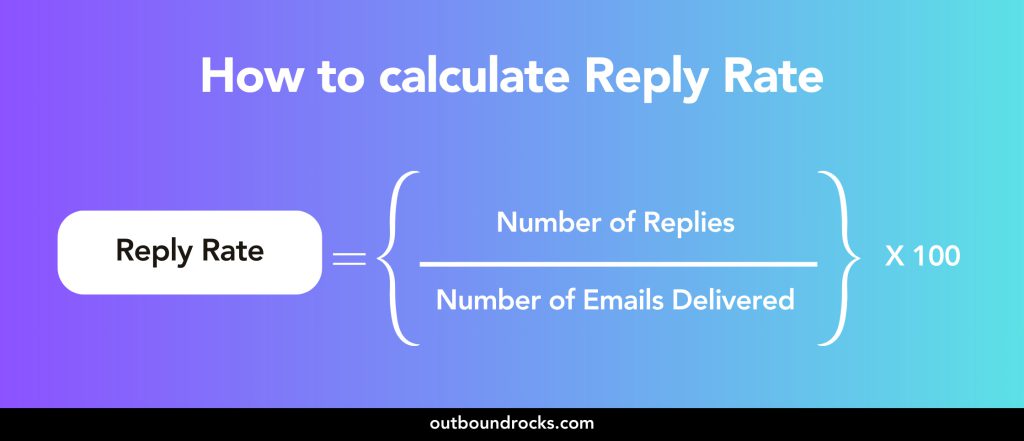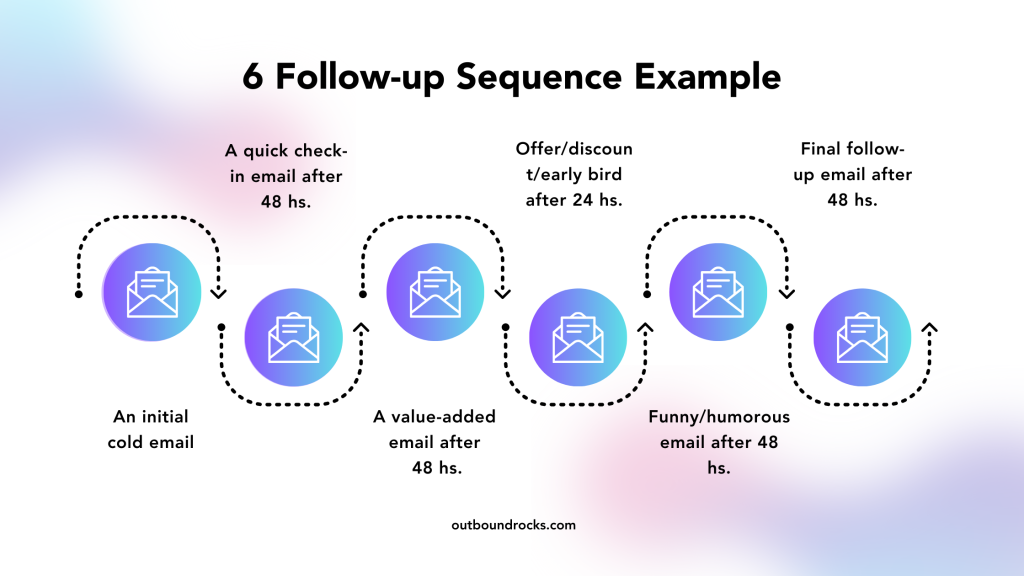Cold email is still a powerful tool for generating leads and building relationships. However, navigating crowded inboxes and getting a positive response can be challenging.
In this article, we’ll explore the current landscape of cold email response rates in 2024. We’ll delve into what constitutes a “good” response rate, unpack the factors that influence it, and equip you with actionable strategies to not only meet the benchmark, but exceed it.
But before we dive into these strategies, let’s answer a crucial question: what exactly will be considered a good cold email response rate in 2024?
TABLE OF CONTENTS
– What’s a good cold email response rate?
– 3 factors affecting your cold email response rate in 2024
— a) Targeting
— b) Personalization
— c) Value proposition
– Strategies to boost your cold email response rate
– Conclusions
What’s a good cold email response rate?
According to HubSpot, the average cold email response rate is just 1%, meaning that for every 100 emails sent, only one receives a response, potentially alienating the other 99 recipients.
But the story doesn’t end there.
From our experience in email marketing, we observe a more nuanced reality in today’s landscape. Recent findings from a Backlinko report indicate an 8.5% response rate for outreach emails, which serves as our baseline.
So what’s a “good” response rate in 2024?
Well, as we always say: It depends on your efforts! Here’s a breakdown that might be useful:
- 8.5% (average): This is the baseline. If you hit it, your emails aren’t being completely ignored.
- 10% or higher: This is considered good territory. You’re creating compelling emails that resonate with your audience.
- 20% or higher: Top performers achieve these rates. Their emails are highly targeted, personalized and deliver exceptional value.
But these statistics are only part of the equation. While benchmarks provide insight, the ultimate success of your outreach efforts depends on the diligence and effectiveness of your strategies.

3 factors affecting your cold email response rate in 2024
Several key factors will influence your cold email response rate in 2024. By understanding these factors and optimizing your approach, you can turn those cold leads into warm conversations. Let’s dive into the top 3:
a) Targeting
This is the foundation of any successful cold email campaign. In the crowded inboxes of 2024, generic emails won’t cut it. You need to send highly targeted emails to the right people.
That means researching your audience, understanding their pain points, and tailoring your message to their specific needs.
b) Personalization
According to Backlinko, personalizing the content of outreach emails also seems to be an effective way to increase response rates. In his aforementioned report, they found that emails with personalized message bodies had a 32.7% higher response rate than those that didn’t personalize their messages.
So don’t forget to reference something specific about their company, mention a recent industry trend, or tailor your message to their unique challenges. It shows that you’ve done your research and really want to connect.
c) Value proposition
What’s in it for them? This is the golden question your email must answer. In 2024, simply selling something won’t get you far. Focus on providing real value to the recipient. This could be free resources, industry insights, or a solution to a specific problem they may be facing.
Strategies to boost your cold email response rate
Want to see more “reply” notifications in your inbox? Here are 3 data-driven strategies to significantly increase your cold email response rate in 2024:
1. Create compelling email sequences
One-off emails are a gamble. In 2024, email sequences that include multiple contacts and messages are king. Research shows that a well-crafted sequence has a 160% higher response rate than a single email.
Don’t be afraid to reach out to a few relevant contacts within the same company, and consider a follow-up email or two to increase your chances of a successful conversation.

2. Harness the power of social proof
While the impact may be subtle, linking to your social profiles in your email signature can nudge recipients toward a positive response.
Focus on platforms like LinkedIn, Twitter, and Instagram – these demonstrate your professional presence and potentially lead to further engagement.
3. Tailor your outreach to specific topics
Generic pitches fall flat. Instead, focus on topics that resonate with your audience. According to studies, emails about guest posting, roundups, and link building generate significantly higher response rates than other outreach topics.
This suggests that content collaboration and link-building efforts are still valuable for many businesses, despite some industry chatter claiming their demise.
Conclusions
Are you ready to take your email marketing to the next level? Try our free demo today and discover how Outbound Rocks can help you optimize your sales funnel and connect with your ideal prospects.
